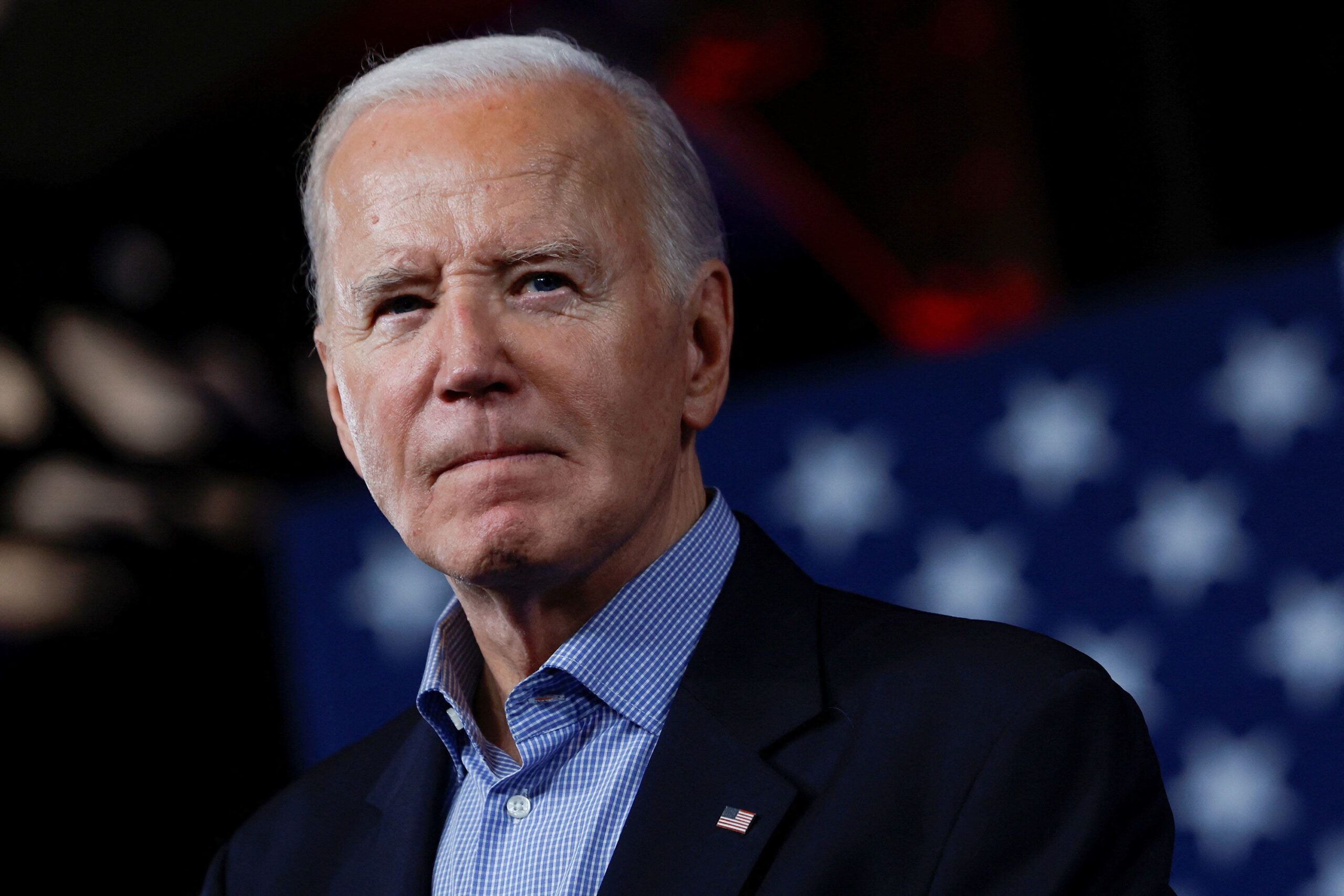President Joe Biden is set to present his annual budget this Monday, a strategic move that outlines his funding priorities and serves as a key messaging tool as he seeks to win over voters disenchanted with the economy for his potential second term.
The budget, as detailed by the White House, comes as President Biden embarks on a campaign trail across key battleground states this week. It expands on the policy vision he presented in his recent State of the Union address, where he pledged to bolster the middle class and drew distinctions between his administration and congressional Republicans, including the presumptive GOP presidential nominee Donald Trump, whom he referred to as “my predecessor.”
Despite facing consistently low approval ratings on his economic management, even amidst signs of economic improvement, Biden’s proposals are centered around populist themes. These include increasing tax rates on the wealthy and large corporations, and reducing the cost of prescription drugs – areas where the White House believes it can resonate with voters, even though some of these proposals may face a tough battle in a narrowly divided Congress.
The budget set to be released on Monday will feature proposals aimed at reducing costs for families, boosting investments in American manufacturing, fortifying Social Security and Medicare, and trimming the deficit, a White House official disclosed. The budget will also propose raising taxes on large corporations, curbing corporate profit shifting, and introducing a minimum 25% tax on billionaires.
The White House contends that these measures would slash the deficit by approximately $3 trillion over a decade, a goal echoed in last year’s budget, while also reducing taxes for many middle- and low-income Americans. The budget will also propose national paid leave and advancements in cancer research.
However, some of these proposals, including the minimum billionaire tax and the increase in corporate tax rates, are not new, having been featured in previous Biden budgets. The president’s budget primarily serves as an aspirational document, allowing the White House to spotlight legislative and policy priorities.
Many of the proposals expected to be included in this year’s budget face a challenging path in Congress, where Republicans hold sway in the House and Democrats maintain a slim majority in the Senate.
Contributions to this report were made by CNN’s Betsy Klein.

